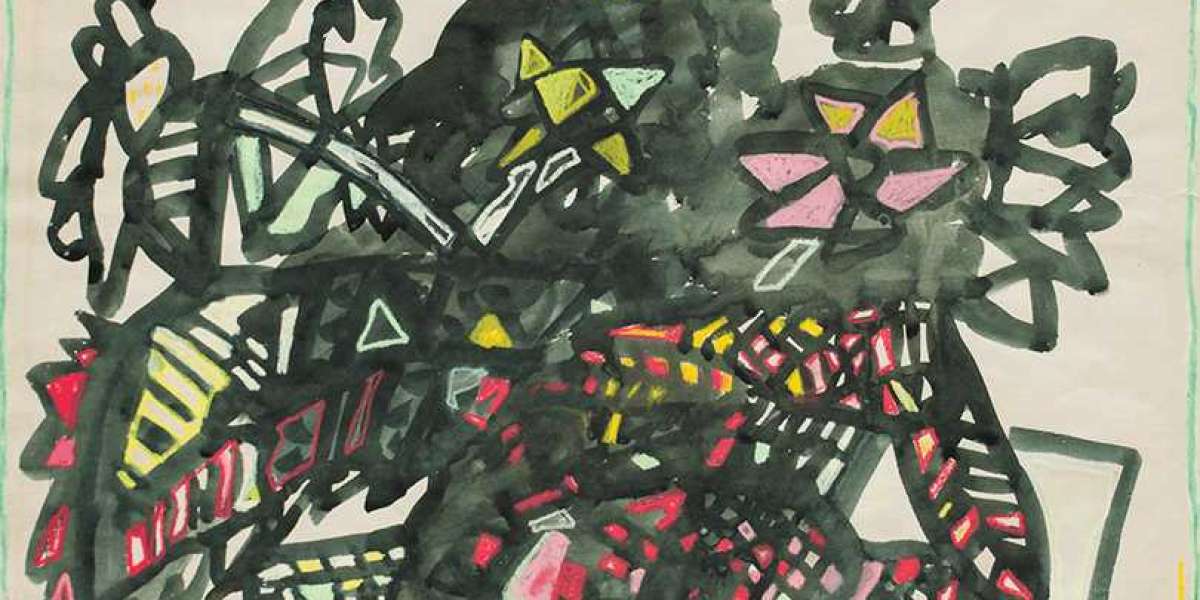Art allows one to express themselves in a unique way, that too without any restriction. In fact, art knows no boundaries, and its fundamental lies in finding a way to one’s personal expression. There is always a possibility of in-depth analysis in the paintings of diverse artists whether they are the veterans of the field or the newbies. One would find a chance to immerse in the paintings of Jogen Chowdhury, the master of the field, or Bhuwal Prasad, an artist in making. What becomes different is the medium and method of individual expression.
Jogen Chowdhury’s paintings are not subtle but thought-provoking. Some of his work appears to be a depiction of agony and unwilling transformation that can often leave an observer with those emotions that are surfaced by witnessing his work. People who have tried to compare his life with the work he has produced, infer that Chowdhury’s paintings are somewhat reflective of his past which went through the torment of Bengal’s partition. His artwork simply throws light on many other painters who have tried to draw the social circumstances closer to people and somehow create awareness about the same. For example, an MF Husain painting displays the time of colonial rule in India.
Going to the Depth
Exploring the paintings of Chowdhury would lead to the discovery of many hidden truths about the human mind. Nudity in his paintings is elaborative of vulnerability, and how submissiveness is the sole option left for humans. One could right away establish the connection with the time of partition of Bengal which led many Indians to flee from East Bengal (present Bangladesh).
Whether one observes Bengal split from his perception of their own, one would find that helplessness and abandonment are pretty obvious emotions in the hearts of victims. The MF Hussain painting reflects how the British were exploiting the resources of India which strongly confirms the plight of Indians during the era. Jogen’s paintings would force one to quit oneself and vamoose in the depiction of the artist.
In one of his paintings, a nude figure observes itself in the mirror. The impression, here, is of one’s facing their authentic self and reflecting upon their past while looking into the mirror. An inference from the painting emerges that one cannot hide the truth from the mirror. Choosing a woman figure as the main character in the artwork is descriptive of female energy that is receptive and accepts what is true.
Spurring Introspection
Paintings by Jogen Chowdhury often send one into soul-searching. In a similar world where the artist and the observer live, what occurred that has changed the thoughts of the painter? The observer stricken by such emotions often starts pondering upon the connection that the painting and their lives have.
The observer starts to go into the crux of the paintings finding the core of their lives in the colors and objects displayed in his work. Often the one who is observing starts to relate the stories of the past with the circumstances of the present, and Chowdhury’s work is exemplary of that.
The Unbroken Lines
The past torment was not able to affect the brush strokes of Jogen Chowdhury which did not doodle on the medium. He was known as the ‘master of unbroken lines.’ Figuratively, the unbroken lines exhibited that the past can either shake or make someone. Actually, his skilled strokes depicted his mastery of the art. His continuous lines of the medium have inspired many artists of the modern generation. However, his style, to date, remains one of a kind.
Conclusion
For one who wants to find multiple attributes in a single artwork, the paintings of Jogen Chowdhury are the perfect example to explain the same. His paintings are not mere pieces of artwork, but a sub-conscious awakening.








